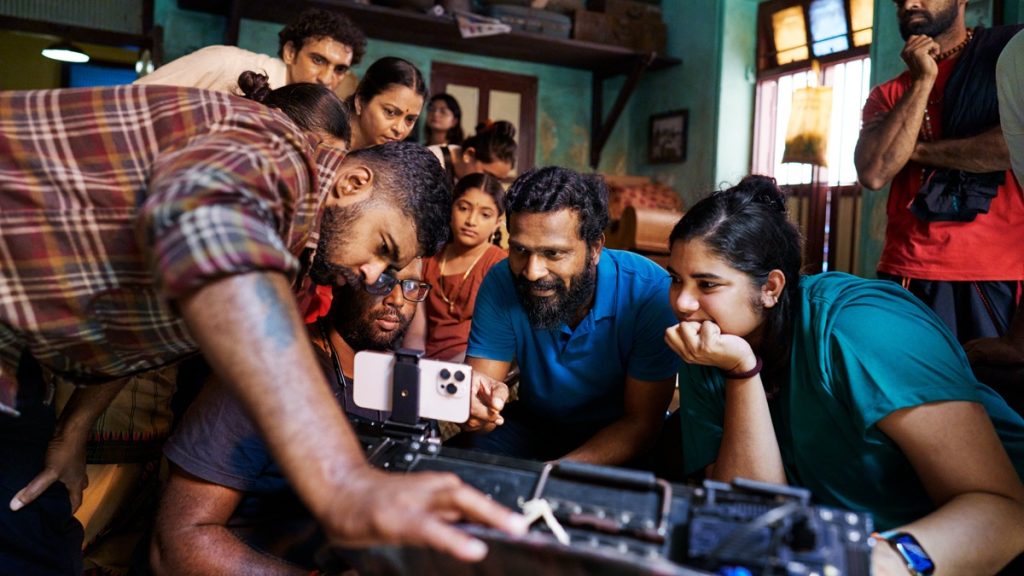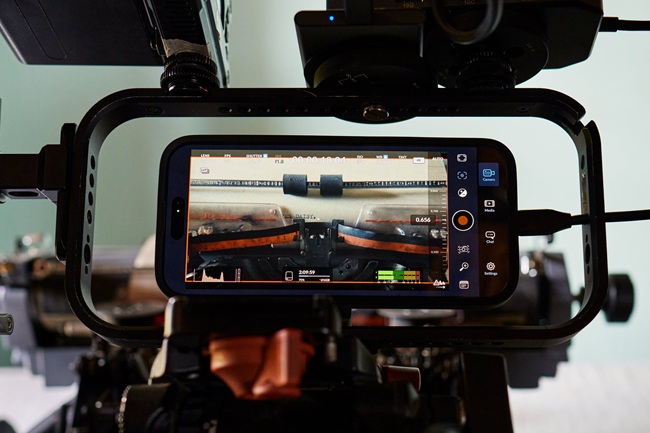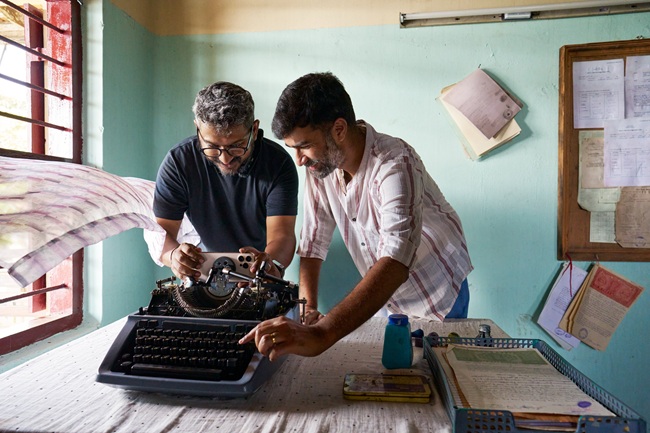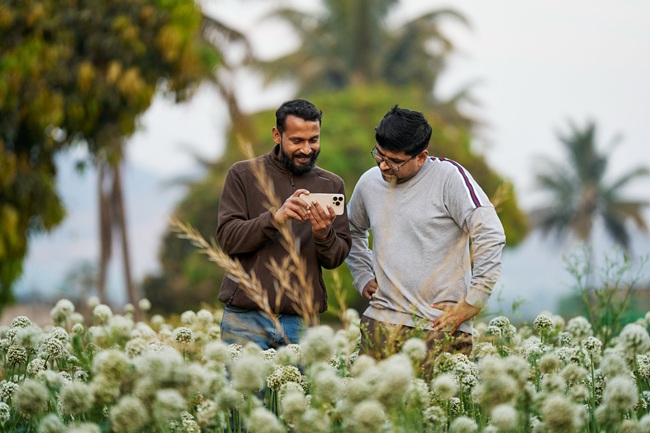
Apple has announced the second edition of its MAMI Select: Filmed on iPhone program, created in collaboration with the Mumbai Academy of Moving Image (MAMI).
This year, the initiative spotlights four rising Indian filmmakers—Amrita Bagchi, Rohin Raveendran Nair, Chanakya Vyas, and Shalini Vijayakumar—who are reimagining storytelling across diverse genres and languages using the iPhone 16 Pro Max.
Mentorship from Acclaimed Directors
The program offers mentorship by acclaimed Indian filmmakers—Konkona Sen Sharma, Vikramaditya Motwane, Lijo Jose Pellissery, and Vetri Maaran. Each of them guided the filmmakers through scripting, production, and post-production.
Konkona Sen Sharma, who served as a mentor for the second year, highlighted the creative freedom of mobile filmmaking:
With iPhone, there’s so much power contained in such a compact package that you can bypass the conventions of mainstream filmmaking. All you need is a great idea and the guts to follow through.

Vikramaditya Motwane added, “Shooting on iPhone allows for complete personal expression.” He also noted that mentoring the next generation is a two-way experience: “I learn as much as I teach.”
Shivendra Singh Dungarpur, festival director at MAMI, emphasized the cultural depth in the films:
The unique voices of these filmmakers are beautifully contextualized through the four languages and regions of India in which they are rooted.
The Four Filmmakers and Their Vision
Each filmmaker used the iPhone 16 Pro Max, alongside the MacBook Pro with M4 Max chip, to explore different visual styles, camera perspectives, and editing workflows.
Amrita Bagchi – Tinctoria
Based in Kolkata, Amrita Bagchi previously earned the Grand Jury Prize at at the Indian Film Festival of Los Angeles for her short film Succulent. Her new short, Tinctoria, is a psychological thriller about a fashion mogul haunted by the colonial legacy of indigo farming.
Bagchi drew inspiration from India’s historical context of forced indigo cultivation and blended it with a modern narrative. She used the iPhone’s Cinematic mode to amplify tension and create a high-production look, while editing on the MacBook Pro for smooth playback of 4K ProRes footage.

“The iPhone is extremely intuitive, and the output is super cinematic. I’m able to constantly create and improvise—it’s like visual rap,” she said.
Rohin Raveendran Nair – Kovarty
Hailing from Kerala, Nair’s work includes Netflix’s The Song of Scorpions and short films like The Booth. His latest work, Kovarty, explores the emotional bond between a government typist and her typewriter.
Shot in Kerala’s scenic backwaters, the film uses the typewriter’s perspective—made possible by the iPhone’s compact size and 13 mm lens. He paired a 4:3 aspect ratio for the typewriter’s close-ups with a 2:1 ratio for the surroundings.

“What’s exciting about the iPhone is that it’s very liberating—it lets me focus on capturing the story rather than worrying about equipment,” said Nair.
Chanakya Vyas – Mangya
Based in Ahmedabad, Chanakya Vyas was inspired by a news article on a bird flu outbreak in Maharashtra. His short film, Mangya, follows an 11-year-old boy and his rooster as they navigate impending loss.
To film a 300-meter chase sequence at dawn, Vyas used the iPhone’s Action mode and the 120 mm lens on a handheld gimbal, achieving crisp stability without professional rigs. The iPhone’s native microphones also captured layered environmental sounds clearly.

“The mobility of the iPhone was key. And the studio-quality mics meant we could capture layered soundscapes with precision,” he explained.
Shalini Vijayakumar – Seeing Red
A writer and filmmaker from Chennai, Shalini Vijayakumar explored horror-comedy in her short Seeing Red, which addresses the everyday rage of women within a Tamil household.
She used the iPhone’s 4K 120 fps capability and 120 mm lens to create exaggerated slow-motion sequences of women in various states of fury. She intentionally inverted a stereotypical Tamil cinema trope—using slow-mo for female characters instead of heroic men.

“This film is my way of saying it’s OK to be angry. And the iPhone helped me film everything in a non-intrusive way with complete creative control,” she said.
Seamless Editing and Production Tools
All four filmmakers used the MacBook Pro with M4 Max chip to edit their films, praising its powerful performance in handling multiple layers of high-resolution footage. The tight integration between iPhone and MacBook made the entire production pipeline seamless—from shooting in Apple Log to color grading and exporting final cuts.
Availability
The short films are now available to watch on MAMI’s official YouTube channel.
